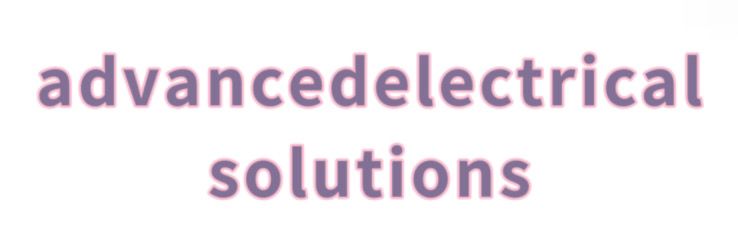Understanding Small Signal Schottky Diodes: Key Insights
As technology continues to advance, the demand for reliable electronic components increases. One such component that has gained significant attention is the small signal Schottky diode. For engineers and designers grappling with power management issues, understanding how to effectively use these diodes can be the key to enhancing overall circuit performance.
The Role of Small Signal Schottky Diodes in Circuits
Small signal Schottky diodes are designed primarily for high-frequency applications due to their low forward voltage drop and rapid switching capabilities. Unlike their standard counterparts, these diodes exhibit minimal reverse recovery time, making them ideal for fast switching circuits such as RF applications, signal demodulation, and voltage clamping.
Common Problems Faced by Users
Despite their advantages, users occasionally encounter challenges when integrating small signal Schottky diodes into their projects. One common problem is inadequate reverse voltage ratings, leading to diode breakdown. This risk is heightened in applications where transient voltages are present or when the circuit is exposed to unexpected spikes.
Key Factors to Consider When Choosing a Schottky Diode
Reverse Voltage Rating
When selecting a small signal Schottky diode, it is crucial to assess the reverse voltage rating. This rating must conform to the maximum voltage the diode will encounter during circuit operation. Choosing a diode with insufficient reverse voltage can lead to catastrophic failures, so it is essential to evaluate the working environment thoroughly.
Forward Current and Thermal Management
Users should also consider the forward current rating. Exceeding this rating can lead to overheating and eventual diode failure. Implementing effective thermal management solutions, such as heatsinks or thermal pads, can help dissipate heat and prolong the diode's lifespan.
Maximizing Performance with Proper Integration
For optimal performance, integrating small signal Schottky diodes requires careful consideration of circuit layout. Users should minimize the length of PCB traces connected to the diode to reduce inductance and improve switching performance. Additionally, placing the diode close to the load can help prevent voltage spikes caused by parasitic inductance.
Testing and Validation
Before finalizing design implementations, it’s vital to conduct thorough testing. Verifying the performance of the Schottky diode in a controlled environment helps to ensure that the component operates as expected under varying conditions. Users can perform transient analysis to observe how the diode reacts to sudden voltage changes or noise in the system.
Conclusion: Making Informed Choices
Understanding the role and characteristics of small signal Schottky diodes can greatly influence their effectiveness in electronic designs. Addressing common problems, such as choosing the right reverse voltage rating and ensuring adequate thermal management, is essential for successful implementation. By following best practices for circuit integration and rigorous testing, users can harness the full potential of small signal Schottky diodes, leading to more reliable and efficient electronic applications.

Comments